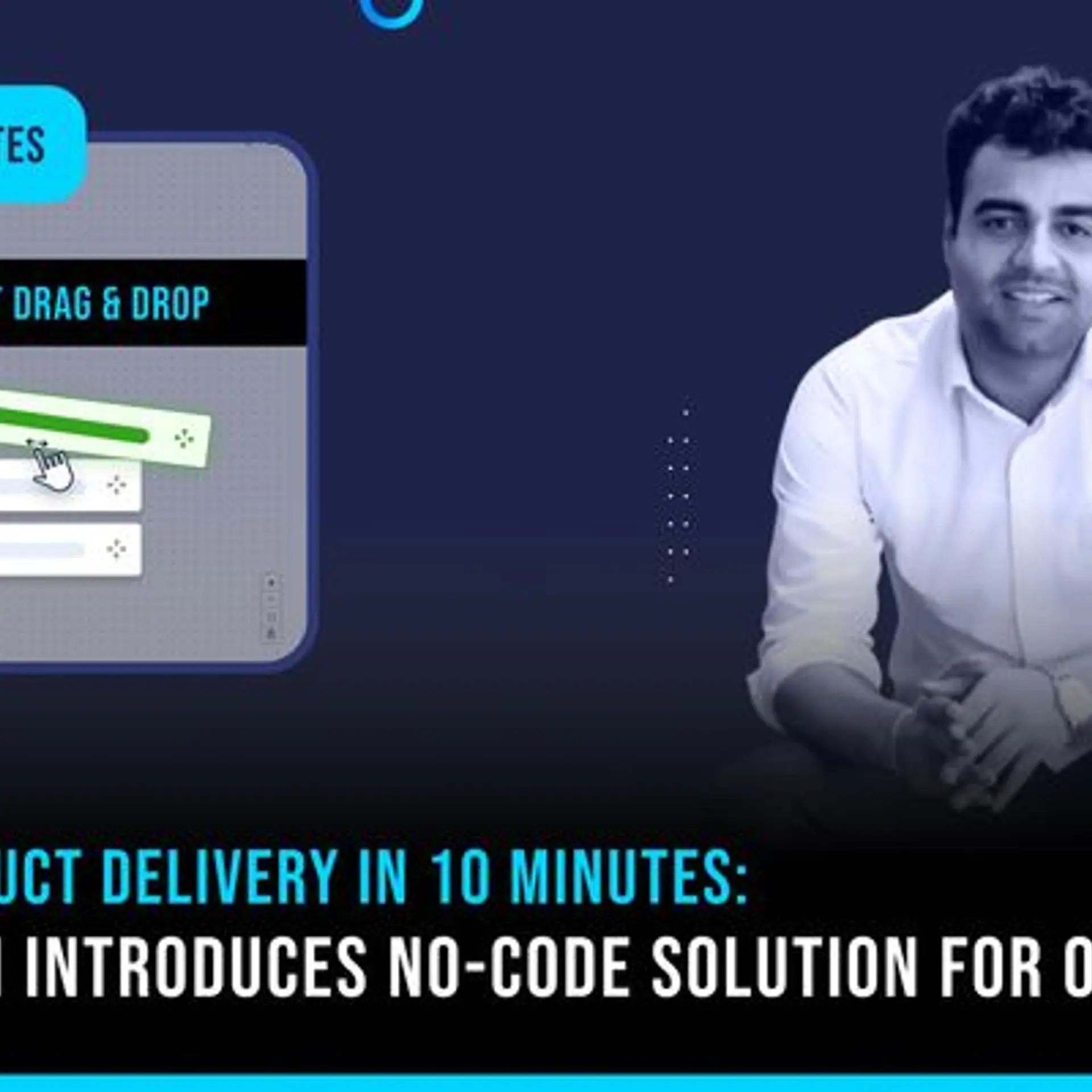OpenAI Canvas: Is it better than Artifacts and Cursor AI?
OpenAI has recently introduced Canvas which aims to enhance writing and coding experience with a dynamic interface. But is it better than rivals Claude Artifacts and Cursor AI? Let's find out!
OpenAI just said "Writers and coders assemble" with the launch of their new Canvas feature. This innovative tool enhances the coding and writing experience by providing a dynamic interface.
With user-friendliness tailored specifically for writing and coding projects, Canvas aims to become an indispensable resource for programmers and content creators. So far, this tool has gained attention for being a competitor to Anthropic's Artifacts, Cursor AI editor and Google Docs.
So, let's look at this hottest AI startup's latest offering and how it compares to rivals!
What is Canvas?
Canvas is an advanced interface or window within ChatGPT which allows users to make specific changes to their codes or content. According to the company's blog, it acts as a copy editor or code reviewer providing a dedicated workspace for users to produce content, documents or codes in real time.
What is really interesting about Canvas is that users can make edits within this tool, which is not available in Claude's Artifcats and Cursor AI. Now, let's review its key features.
How it works?
Users can choose the option "GPT-4o with canvas" from the model picker icon. Also, it can be manually opened by writing the text prompt "open a canvas".
Standout features of Canvas

1. Easy editing
You can create and format documents directly in Canvas. You can add headings, bullet points, and other formatting to improve how your work looks.
2. Coding and writing assistance
If you're a developer, Canvas has a special space for writing and improving code. For example, writers can get editing suggestions, enhance the clarity and consistency of a copy, etc. Programmers can ask for in-line documentation, fix bugs, and even do code reviews in the workspace.
3. Get version history
While working on Canvas, users can access different versions of your work. This makes it easy to choose the best edits without leaving the AI tool.
4. Leverage ChatGPT
Canvas lets you interact with ChatGPT in a better sense. You can highlight text or code and ask for specific changes or explanations from ChatGPT, making the editing process smoother.
5. Upload files
Canvas also allows for easy integration of external resources and tools. Coders can link to documentation and other assets directly within the workspace. This seamless integration eliminates the need to switch between different applications.
Canvas vs Artifacts vs Cursor AI
OpenAI's Canvas is certainly a beneficial AI feature that will help writers and programmers refine their work. This tool can effectively suggest relevant edits and assist users in getting better results from ChatGPT to polish their tasks.
When it comes to Claude Artifacts, this tool has been in the market longer than Canvas. The main advantage of this feature is its user-friendly interface. Moreover, developers can not just write or edit codes within Artifacts, they can execute them as well. So, it helps users to visualise their work on the go.
However, users need to be prompted to Claude for making the changes whereas Canvas supports complete editing directly in the workspace.
Lastly, Cursor AI is another popular tool used as a code writer, reviewer and editor. Although it does not cater to content writers, it does help users improve their codes in real-time. Developers can leverage it to tweak their work and debug to boost productivity.
The disadvantage of using Cursor AI is that it sometimes may give inaccurate suggestions making the entire programming process longer.
The bottom line
OpenAI has recently introduced Canvas, a new tool that has caught the attention of its competitors Anthropic and Cursor AI. This feature is designed to simplify coding and writing tasks, offering versatility and collaboration for users. Despite the strong user base of Artifacts and Cursor AI, Canvas presents itself as a compelling alternative.
It remains to be seen whether Canvas will gain popularity as a writing or programming toolkit, with early reviews and user feedback playing a crucial role in its success. Although in its beta version, Canvas shows promise as a tool for both coders and content writers looking to improve their work.








